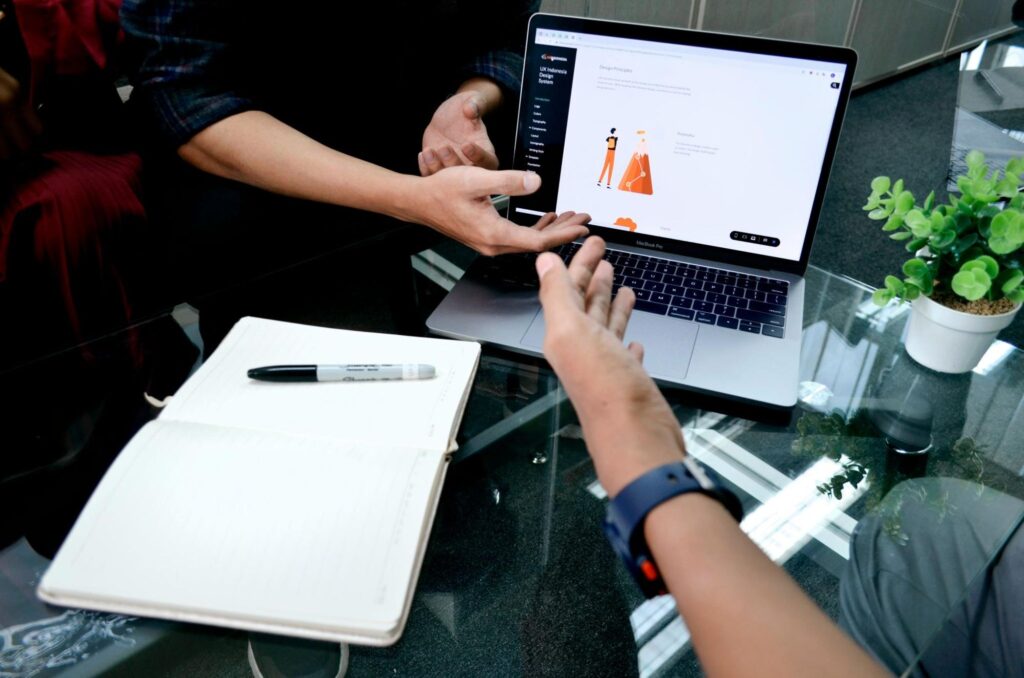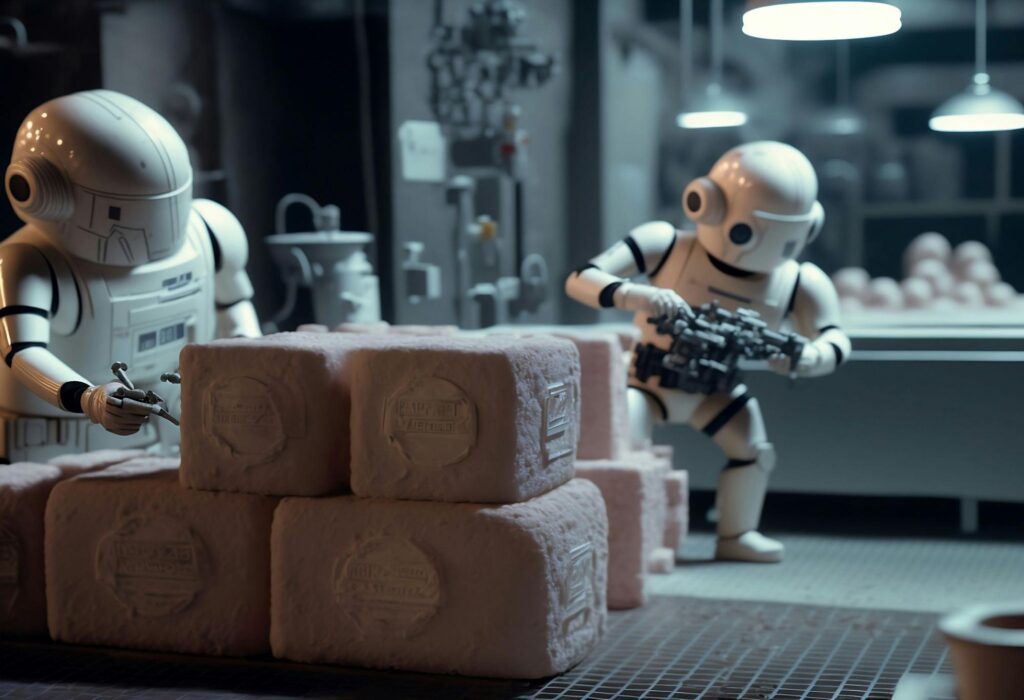There’s a dangerous myth floating around in startup land—one whispered in accelerator hallways and bootstrapped Slack threads: “We’ll worry about UX later.”
Spoiler: There is no “later” if your users bounce today.
In 2025, startups aren’t failing because of bad ideas—they’re failing because they can’t translate those ideas into experiences people actually want to use. Your product might solve a real problem, but if it looks like a spreadsheet from 2003 or feels like a maze of dead ends? Game over.
Here’s the truth that separates those who scale from those who stall:
Design isn’t decoration. It’s differentiation.
Let’s dive into why investing in UX/UI from day one isn’t just smart—it’s survival. We’ll break it down, story-style, stat-style, and startup-style.
1. Why Startups Overlook UX/UI (And Why That’s a Mistake)
Let’s be real: In the adrenaline rush to build something fast, UX often gets benched. Founders focus on MVPs, minimal dev costs, and shipping as quickly as possible. And it makes sense—until it doesn’t.
Here’s what that usually looks like:
- Speed > Experience
- Functionality > Usability
- “It works” > “It works beautifully”
So yeah, maybe your app technically works. But if it feels clunky, slow, or confusing, users won’t stick around long enough to care.
In a crowded digital ecosystem, UX is the deciding vote between retention and rejection.
2. The ROI of Great UX Design
Here’s what are the impacts of a good ROI UX Design:
- User Retention: Users stay longer when they enjoy the ride
- Conversion Rates: Clean paths = more clicks = more cash
- Onboarding Efficiency: Fewer drop-offs, faster activation
- Support Ticket Reduction: If it’s intuitive, they won’t need to ask
3. Lessons from the Big Dogs: How Top Brands Made UX Their Secret Weapon
Startups often chase virality or funding, but the companies dominating markets? They’re chasing delight. Let’s look at a few heavy hitters.
Airbnb: Design Built Trust
Early on, strangers renting homes to strangers was a UX nightmare waiting to happen. But Airbnb used clean design, smart UX flows, and high-quality photos to build trust—a human emotion—as their competitive edge.
Spotify: Seamless Experience = Daily Habit
Spotify knew that inconsistent UI between devices would kill engagement. They doubled down on consistency and ease across mobile, desktop, and smart devices. That’s how you become part of someone’s daily life.
Duolingo: Gamified UX, Addictive Results
Rather than boring lessons, Duolingo leaned into gamification, dopamine feedback loops, and micro-interactions. The result? A UX so addictive, it feels more like a game than language learning.
The pattern? UX isn’t the garnish. It’s the whole damn plate.
4. What a UX/UI Designer Actually Does for a Startup (Spoiler: It’s Way More Than Just Making It Pretty)
Let’s kill another myth: UX/UI designers don’t just slap on colors and buttons. They engineer experience.
Here’s what they actually do:
- Wireframes & Prototypes: Blueprints before you break ground
- Customer Journey Mapping: From “Who are you?” to “Take my money”
- Usability Testing: Watching real humans struggle—then fixing it
- Design Systems: Creating rules for consistency and scale
- Collaboration: Translating founder ideas into dev-friendly workflows
Modern tools they live in:
- Figma
- InVision
- Adobe XD
A great UX/UI designer is part artist, part psychologist, part engineer. And they’re the glue between vision and execution.
5. When to Hire a UX/UI Designer (Hint: Not After You Launch)
Waiting until you have “more traction” or “more funding” is the startup equivalent of buying a fire extinguisher after your kitchen’s ablaze.
Here’s when to bring in UX/UI firepower:
- During Ideation: Before you even write your first line of code
- Pre-MVP Launch: Catch UX issues before they reach users
- High Churn Moments: If users are ghosting, design may be the problem
- Spike in Support Tickets: UX issues often hide behind “how do I…” messages
If your product doesn’t feel intuitive, users won’t give you the chance to explain it.
6. Actionable Advice for Startup Founders
Alright, let’s make this tactical. Here’s how to give your startup the UX edge:
- Don’t DIY If You’re Not a Designer: Your developer friend from college might be able to “throw something together,” but that won’t cut it in today’s experience-first world.
- Prioritize Design in Your Budget: Even if you’re bootstrapped, allocate something for UX. You’ll save 10x later in rebuilds and lost users.
- Start with Freelancers or Agencies: Can’t hire in-house yet? Work with freelance UX pros who specialize in startup environments. They move fast and think lean.
- Test Early, Test Ugly: Even five users can reveal patterns. Use tools like Maze, Hotjar, or just Zoom + a prototype. Watch them click. Feel the friction.
UX isn’t about polishing—it’s about understanding.
Final Thought: Good Design Is the Shortcut to Startup Success
Here’s the part no one wants to say out loud: The best product doesn’t always win.
But the one that’s easiest, clearest, and most delightful to use? That one often does.
Your startup isn’t just competing for market share. It’s competing for mental shelf space. For seconds of user attention. For the privilege of being the thing they come back to.
And the fastest way to earn that? Design that speaks human.
Ready to Give Your Startup the UX Advantage?
If you’re building something incredible, don’t let bad design bury it.
Let us connect you with a vetted UX/UI expert who gets startup life—and knows how to turn your vision into something people love to use.
Want to explore the psychology of great design or share your own UX horror story? Drop a comment—we’re all ears.

